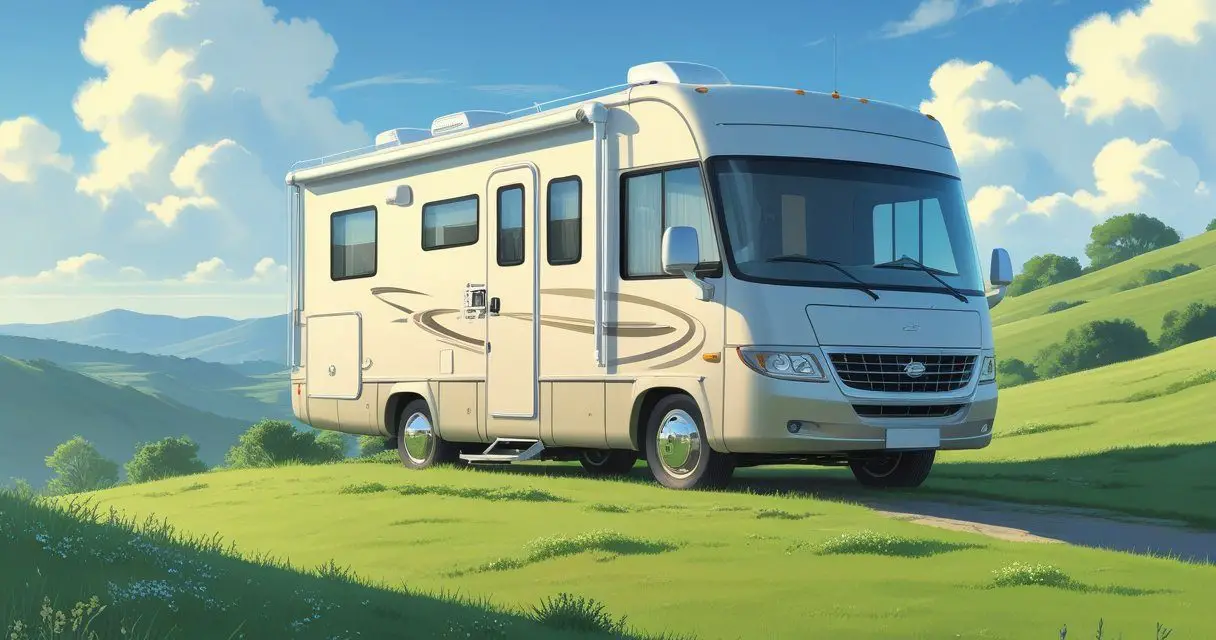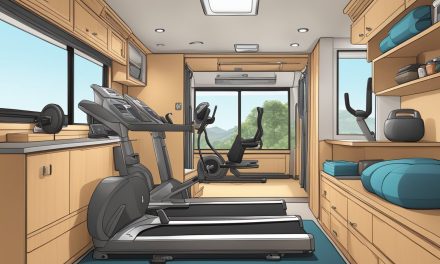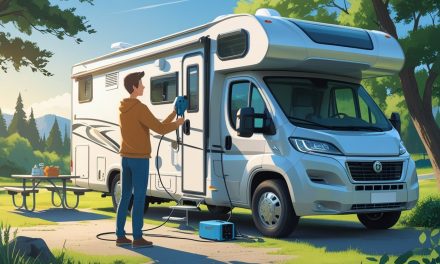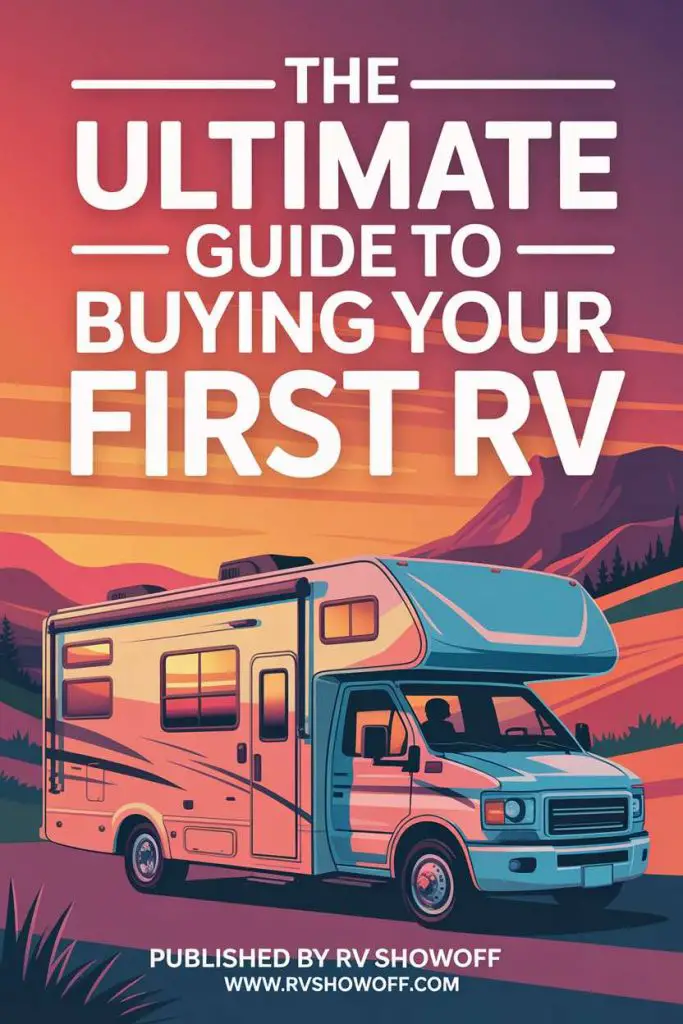Would you like to save this article?
Setting up your RV at a new campsite is always exciting, but don’t let that enthusiasm make you skip a crucial step: leveling your rig before extending the slides. While it might be tempting to hit that slide-out button right away for extra space, doing so on an unlevel surface can lead to a host of problems—some costly, some just plain annoying. Leveling isn’t just about comfort; it’s about protecting your RV’s structure, appliances, and your own safety. Most RV manufacturers and seasoned travelers agree: level first, then extend. Let’s dig into the key reasons why this order matters, and add a little humor to keep things rolling smoothly.
The Correct Order for Leveling, Stabilizing, and Extending Slides
Before diving into the reasons, here’s the tried-and-true order for setting up your RV:
- Level your RV side-to-side using leveling blocks or ramps.
- Chock your wheels and disconnect from your tow vehicle (if applicable).
- Level front-to-back using the tongue jack.
- Deploy stabilizer jacks to minimize rocking (these are not for leveling).
- Double-check that your RV is fully level and stable.
- Only then, extend your slide-outs.
This order is recommended by manufacturers and RV experts because it prevents undue stress on your slide mechanisms and frame, and ensures your appliances function correctly.
If you like puzzles, try skipping a step—just don’t be surprised when your RV turns into a real-life game of Jenga!
1. Protects Your Slide Mechanisms from Damage
Slide-outs are engineered to operate on a level foundation. Extending them while your RV is tilted puts uneven stress on the slide rails and motors, increasing the risk of jams, misalignment, or even permanent damage. Over time, this can mean expensive repairs and a lot of frustration. Most manufacturers explicitly warn against operating slides on an unlevel RV for this reason.
Unless you want your slide to sound like a dying walrus and move like a stubborn mule, level first!
2. Prevents Frame and Structural Stress
An unlevel RV isn’t just uncomfortable; it can actually warp your rig’s frame and structure. The extra weight from slides extended on a slant can twist door frames, windows, and even the chassis itself. This stress accumulates over time and can lead to costly repairs or even reduce your RV’s lifespan.
Think of your RV like a Jenga tower—don’t pull out the big pieces until the base is steady, unless you enjoy living dangerously!
3. Ensures Proper Appliance Operation
Many RV appliances, especially absorption refrigerators, require a level surface to function correctly. Running your fridge while unlevel can cause it to overheat or fail, risking spoiled food and pricey repairs. Other appliances, like stoves and microwaves, also work best when level.
Unless you want your ice cream to become a milkshake and your eggs to roll away, keep it level!
4. Improves Overall Comfort and Safety
A level RV means you won’t be fighting gravity every time you walk, cook, or sleep. Unlevel rigs can make cabinets swing open, items slide off counters, and beds feel like carnival rides. It’s also a tripping hazard—nobody wants to explain a sprained ankle caused by “extreme RVing.”
Sleeping at an angle is only fun if you’re a goat—or a marble. For everyone else, level up!
5. Prevents Slide Seal Leaks and Water Intrusion
Slide seals are designed to compress evenly when extended on a level surface. If the RV is tilted, seals may not seat properly, allowing water to seep in during rainstorms or while washing your rig. Water damage is one of the most expensive RV repairs, so prevention is key.
Unless you want your RV to double as a mobile aquarium, don’t skip the leveling!
6. Reduces Wear on Tires and Suspension
Parking and extending slides while unlevel can put extra pressure on your tires and suspension, leading to uneven wear and potential blowouts down the road. Proper leveling distributes weight evenly, protecting your investment and ensuring a smoother ride next time you hit the highway.
Your tires already have enough drama—don’t give them a reason to throw a blowout party!
7. Makes Setup and Take-Down Easier
Leveling first makes extending and retracting slides smoother and safer. Trying to retract a slide on an unlevel surface can cause it to bind or stick, turning a quick departure into a wrestling match. Save yourself time and headaches by following the right order.
Wrestling with your slide-out is not the kind of workout you want before coffee. Trust me—level first!
Leveling your RV before extending slides isn’t just a best practice—it’s the foundation for a safe, comfortable, and hassle-free adventure. So next time you pull into camp, remember: level first, stabilize, then slides out, and let the good times roll!
Sources:
- https://www.forestriverforums.com/threads/slide-out-first-then-stabilizers.277022/
- https://www.irv2.com/forums/f106/leveling-jacks-deploy-before-or-after-slides-625034.html
- https://balrvproducts.com/ultimate-guide-to-leveling-stabilization/
- https://www.reddit.com/r/RVLiving/comments/1es0pyy/trailer_setup_slide_out_before_levelling/
- https://www.youtube.com/watch?v=WxhwxMOTHH8
- https://www.keystoneforums.com/threads/leveling-procedure-with-slide-outs.583312/
- https://www.youtube.com/watch?v=bH9uv1Hi5To
- https://www.lippert.com/blog/tools-and-steps-to-leveling-your-rv-travel-trailer






